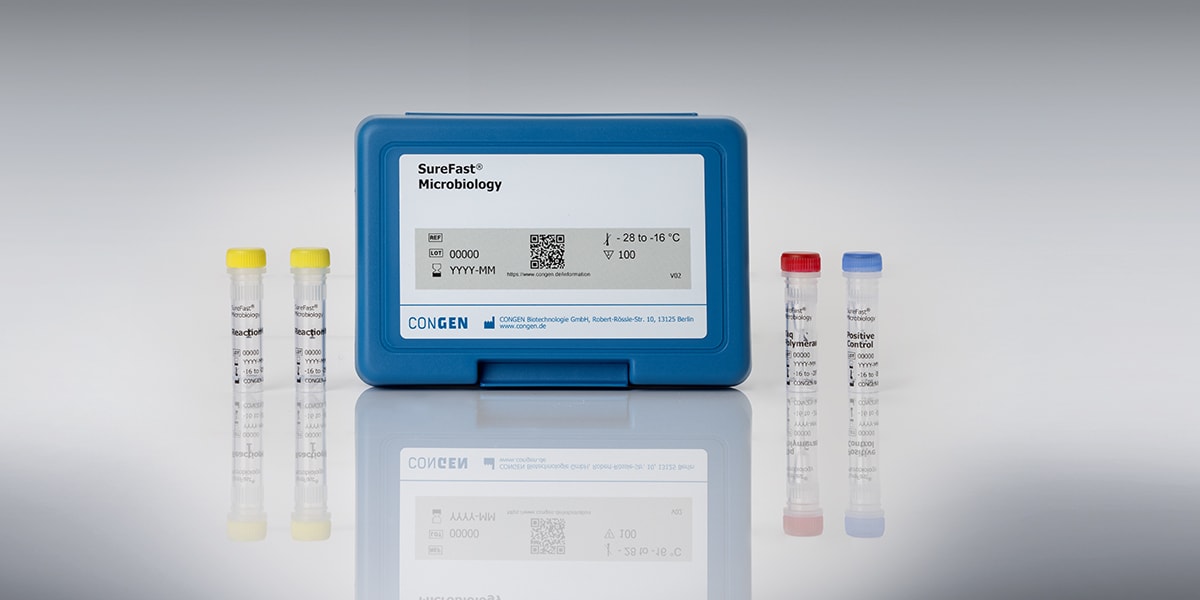
Recent news in Food & Feed Analysis
- Home
- /
- Campylobacter: an underestimated risk?
Campylobacter: an underestimated risk?

It’s a report that causes concern: a recent investigation found that every second chicken sold in Germany is contaminated with diarrhoea-causing Campylobacter. Here’s what you should know about these pathogenic bacteria.
How widespread are Campylobacter infections?
Campylobacter infections occur more and more frequently for several years now. The rod-shaped bacteria are considered the most common cause of gastrointestinal infections worldwide – even ahead of Salmonellae. In Germany, campylobacteriosis is the most common notifiable bacterial disease, causing up to 70,000 cases of illness each year. The disease manifests itself through stomach ache, severe diarrhea and high fever and is most prevalently found in children under the age of 5. The disease is usually transmitted through contaminated food, particularly through insufficiently heated or recontaminated poultry.
How do Campylobacter bacteria get into meat?
Campylobacter are almost ubiquitously distributed in the environment and colonize the intestinal tract of numerous animal species. Chickens very often carry Campylobacter bacteria, without developing clinical signs. When an infected chicken is slaughtered, germs may get from the intestines onto the meat.
What’s the legal situation?
In Europe, Campylobacter are particularly widespread. The EU attempts to counteract with an “integrated approach” in food safety, including preventive measures from farm to fork. Moreover, the EU introduced a limit value for Campylobacter in slaughterhouses at the beginning of 2018 (see EU regulation 2017/1495). According to this regulation, not more than 1,000 colony forming units (CFU) may be detectable per gram of meat. At least 60 percent of the tested slaughter chickens must comply with this limit value.
What can poultry farmers do against Campylobacter?
Campylobacter may get into the stable via insects, mites, rodents, wild birds, pets and farm animals as well as via shoes and clothes of farm workers. Through fecal contamination of drinking water, litter or feed, the bacteria may spread very quickly in the herd. Hygiene measures can limit the distribution. This includes keeping the stable in good condition, building hygiene barriers, implementing pest control and treating water with chlorine. However, even strict adherence to hygiene measures cannot always prevent Campylobacter infections. Antibiotic treatment of infected chickens is not an option since Campylobacter do not cause disease symptoms in poultry.
What can butchers do against Campylobacter?
The slaughter process always bears the risk of contamination. In the case of poultry, a further complication is that the highly contaminated skin is usually not removed from the product. Possible measures for a more hygienic slaughter process include certain scalding and picking techniques, among other things. Regular cleaning and disinfection of the entire plant is a basic prerequisite. While chemical decontamination is a common practice in the USA, it is contentious within the EU.
How is a Campylobacter contamination detected?
In addition to hygiene measures, regular food analyses are essential in order to protect consumers. Since cultivation takes up to two weeks, PCR tests are most suitable for the detection of Campylobacter (see SureFast® Campylobacter PLUS).

